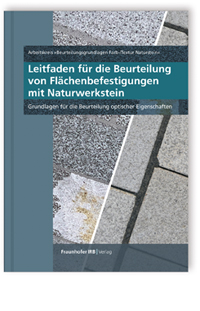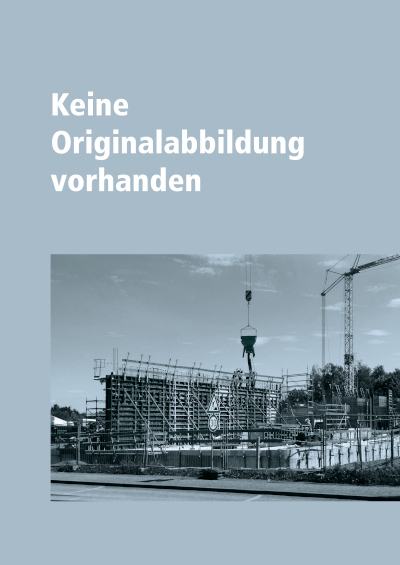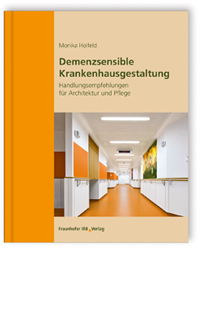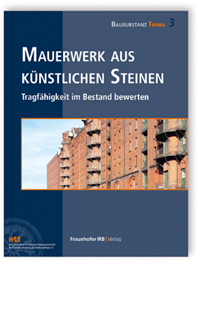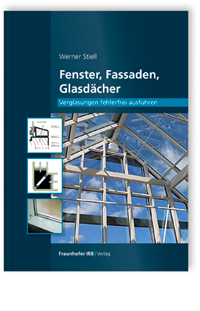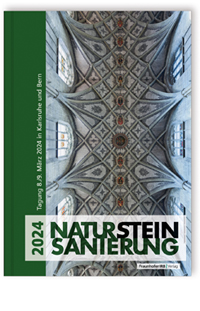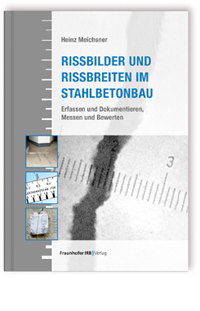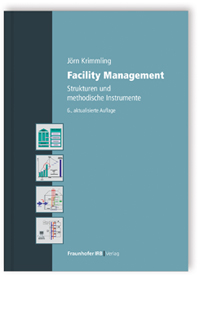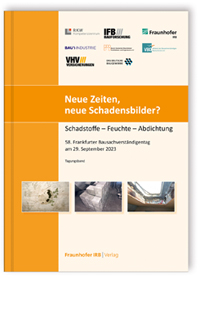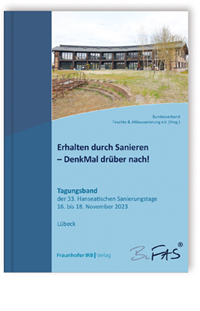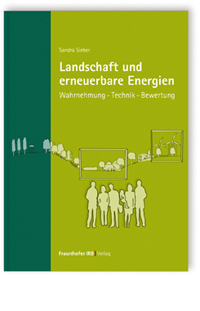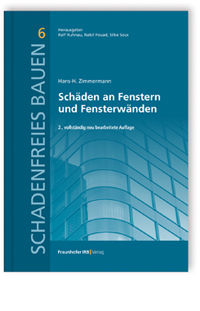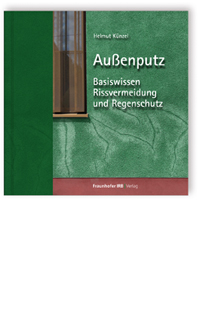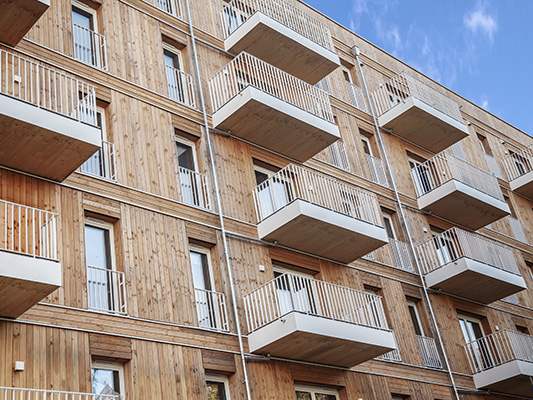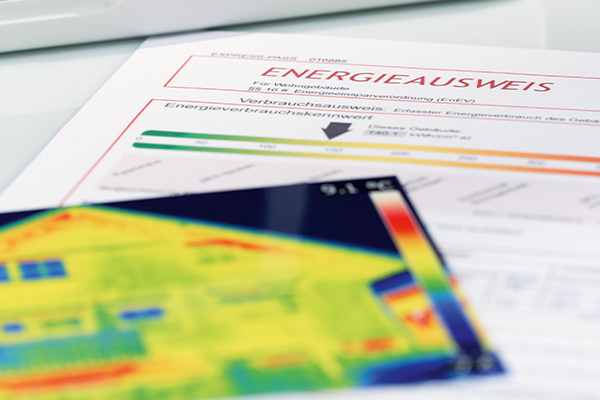Transformationsforum Bau

baufachinformation.de – Fachwissen aus dem Fraunhofer IRB
baufachinformation.de ist der Online-Shop des Fraunhofer IRB und bietet Fachinformationen rund ums Planen und Bauen. Sie finden auf baufachinformation.de neben Fachseminaren und Merkblättern auch Fachbücher und -zeitschriften sowie Zulassungen und Prüfbescheide. Wenn Sie z.B. als Bauingenieur, Bausachverständiger oder Architekt tätig sind, finden Sie auf baufachinformation.de bestimmt das gewünschte Fachwissen, das Ihnen in Ihrem Berufsalltag weiterhilft.
Baufachleute müssen teilweise ein breites Fachwissen besitzen um sämtliche Herausforderungen und Problemstellungen bewältigen zu können. Sie benötigen Know-how in der Bautechnik und in der Bauphysik, aber auch in der Bauplanung oder im Baurecht. Dieses Wissen umfasst nicht nur den Neubau, sondern auch das Bauen im Bestand bzw. die Sanierung oder den Denkmalschutz.
Hier bieten wir auf baufachinformation.de für Sie passende Lösungen. Einige Fachseminare behandeln z.B. die Optische Bauforensik, zeigen also Möglichkeiten auf, wie Bausachverständige nur schwer erkennbare Bauschäden mittels neuester Technik schnell identifizieren können. Wenn es um Bauschäden geht, ist eine optimale, monatliche Ergänzung unsere Fachzeitschrift »Bausachverständige«. Mit Fachartikeln zum Thema Bautechnik und Baurecht bleiben Sie als Sachverständige im Bauwesen damit immer top informiert.
Beim Bauen im Bestand sind die WTA-Merkblätter unerlässlich. Sie leisten mit ihrem direkten Praxisbezug eine wertvolle Hilfestellung, wenn Sie beispielsweise mit Innendämmungen, Hausschwamm oder Fachwerk zu tun haben.
Neben den WTA-Merkblättern finden Sie als Bauingenieure und Architekten auch DBV-Merkblätter auf baufachinformation.de. Die Merkblätter beinhalten Fachwissen zu Parkhäusern und Tiefgaragen, Sichtbeton oder Injektionsschlauchsysteme für Arbeitsfugen. Nützlich für unterwegs sind die Online-Merkblatt-Abos. Damit haben Sie alle Merkblätter immer auf Ihrem Smartphone vor Ort dabei. Egal ob Sie sich für das WTA-Merkblätter Online-Abo oder für das DBV-Schriften Online-Abo entscheiden, praktisch ist es auf der Baustelle allemal und Sie bleiben stets auf dem aktuellen Stand.
